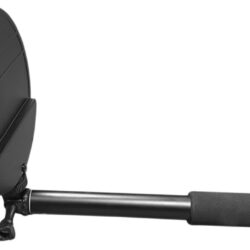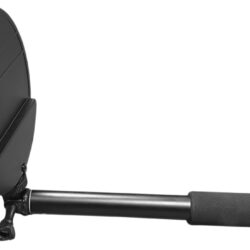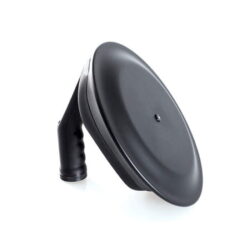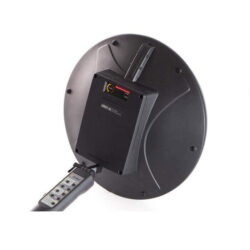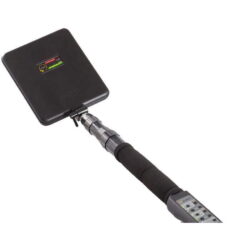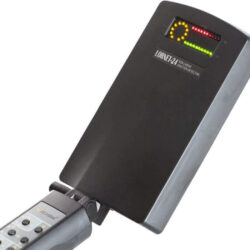Showing all 6 resultsSorted by latest
Non Linear Junction Detectors
NLJD – Non Linear Junction Detectors
What are NLJD (Non Linear Junction Detectors)
Non linear junction detectors, or an NLJD, is a device that illuminates a small region of space with high-frequency RF energy. Any ‘non linear junction’ in the vicinity will receive this energy. Because of the asymmetric response of the junction to an electric field, it will mangle it, re-emitting some of it on multiples of the illumination frequency. NLJDs are a high priced, complex bit of kit that are normally only used by top level experts, and are not recommended for beginners.
The NLJD was invented by Charles Bovill during WWII. It was initially used to discover corrosion below painted surfaces on planes. In 1972, shortly after Bovill had become technical director at Allen International Ltd., the device was renamed ‘Broom’ and was introduced as a device for finding inactive covert listening devices (bugs).
NLJD Use
NLJD Non Linear Junction Detectors are becoming more popular as people see an increase in the use of covert surveillance equipment. OzSpy Spy Store has been selling NLJDs for a long time and are Australia’s leader in Bug Detection Equipment.
NLJD gear is generally harder to use and is designed to pick up electronic surveillance equipment, even if it’s turned off. Some people prefer to use frequency counters and spectrum analysers to detect a signal. The trick is to learn how to use them.
When you are looking for a listening device, gps tracker or hidden camera, you will probably see lots of signals. These can be can be bugs, hidden cameras, normal wifi, Bluetooth, wireless phones etc., or just a rusty nail in a wall.
This is why it important to understand the information the NLJD is providing you.
In the past listening devices was what people purchased NLJDs for. Now with so many WIFI and 3/4G cameras on the market, hidden cameras are the new top concern. As well as covert GPS trackers on their vehicles. OzSpy has the best range of Bug Detectors, NLJD Non Linear Junction Detectors, spectrum analysers, and GPS Tracker Detectors.
What are Spectrum Analysers
A spectrum analyser measures the magnitude of an input signal versus frequency within the full frequency range of the instrument. The primary use is to measure the power of the spectrum of known and unknown signals. Spectrum analysers can be complicated, but are considered one of the gold standard devices to use for NLJD Non Linear Junction Detection.
Detection Types
Semiconductor Electronics are used in all modern electronics and are made using Silicon substrates. When high frequency radio signals are transmitted directly over silicon it produces a strong second harmonic frequency of that radio signal. Other materials such as some bi-metals or oxidised metals can respond with a third harmonic signal. Most NLJD Non Linear Junction Detectors can detect and descern the difference between a silicone chip vs a rusty nail.
What is RF (Radio Frequency)
Radio frequency (RF) electromagnetic radiation (EMR) is the transfer of energy by radio waves. RF EMR lies in the frequency range between 100 kilohertz (kHz) to 300 gigahertz (GHz). RF EMR is non-ionising radiation, meaning that it has insufficient energy to break chemical bonds or remove electrons (ionisation). So basically RF is an active signal as a device pushes information into the environment via radio waves.
How Does a NLJD Non Linear Junction Detector Work
Despite the price and complexity of NLJDs, the theory is quite simple. Non Linear Junction Detectors simply pulse out electromagnetic pulse and listen to the response. If there are any electronic devices, it will show you, even if they are not powered.
What is EMI Detection
EMR Detection specialises in identifying the sources of electromagnetic radiation. Some NLJD Non Linear Junction Detectors with this feature require the unit to be quite close to the target.
OzSpy Spy Shop
OzSpy, the original Spy Store founded in 1998 with quality NLJD Non Linear Junction Detection equipment to suit every need.
Check out some blog articles on Bug Detectors and Bug Detection – How to Sweep for bugging Devices & Bug Detectors Buying Guide

